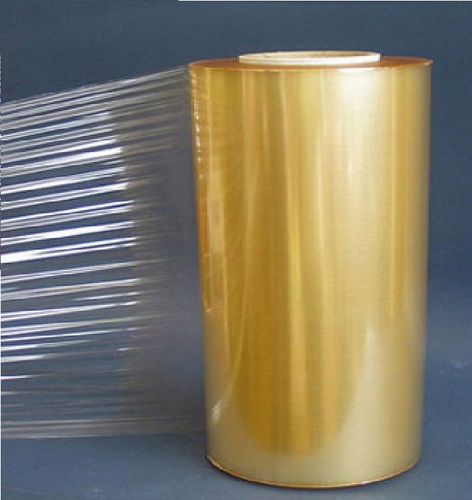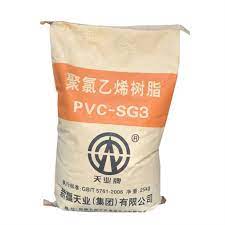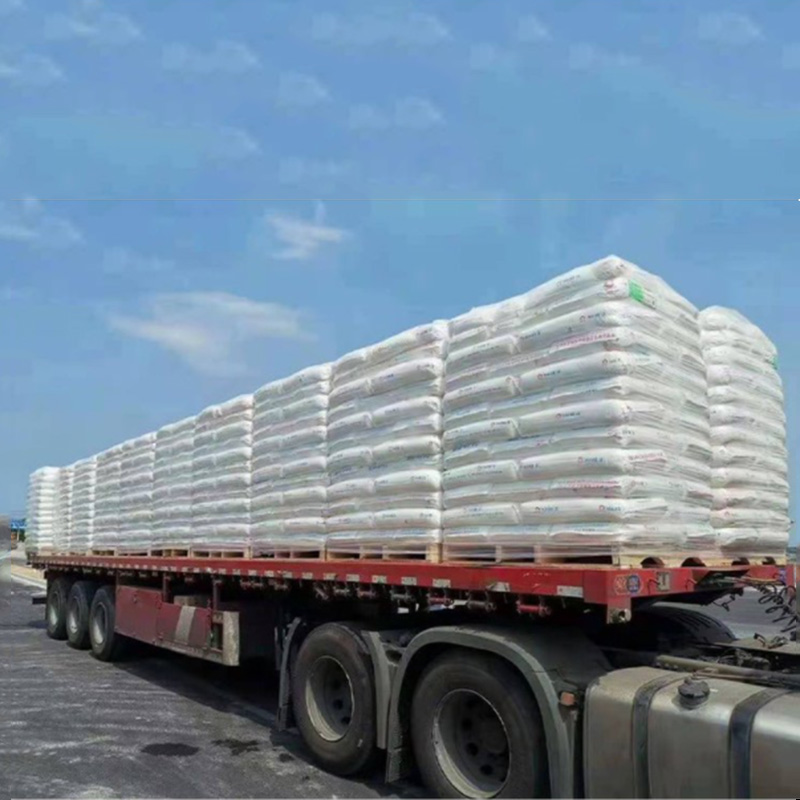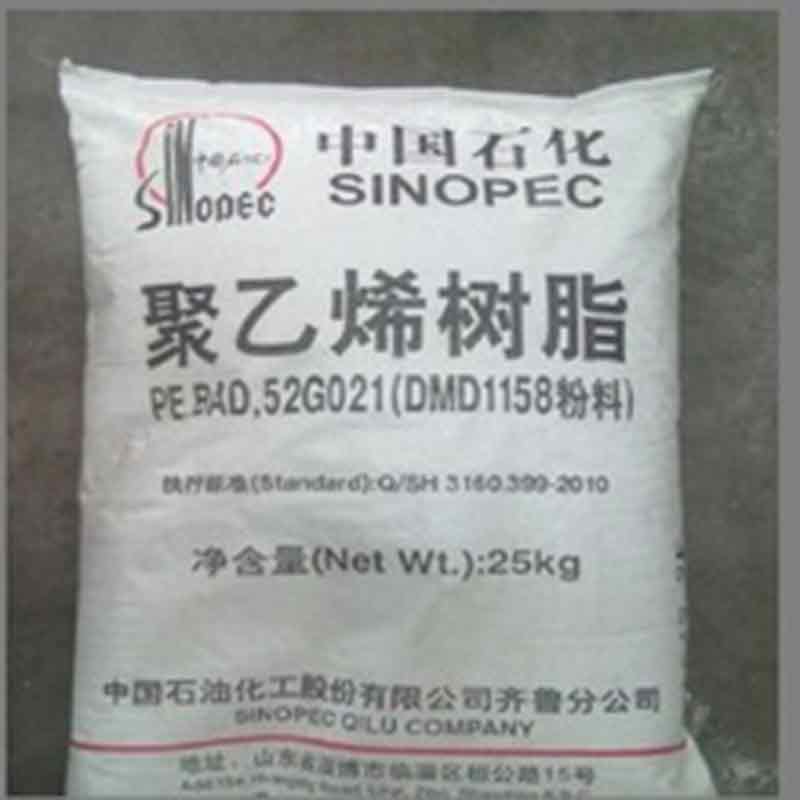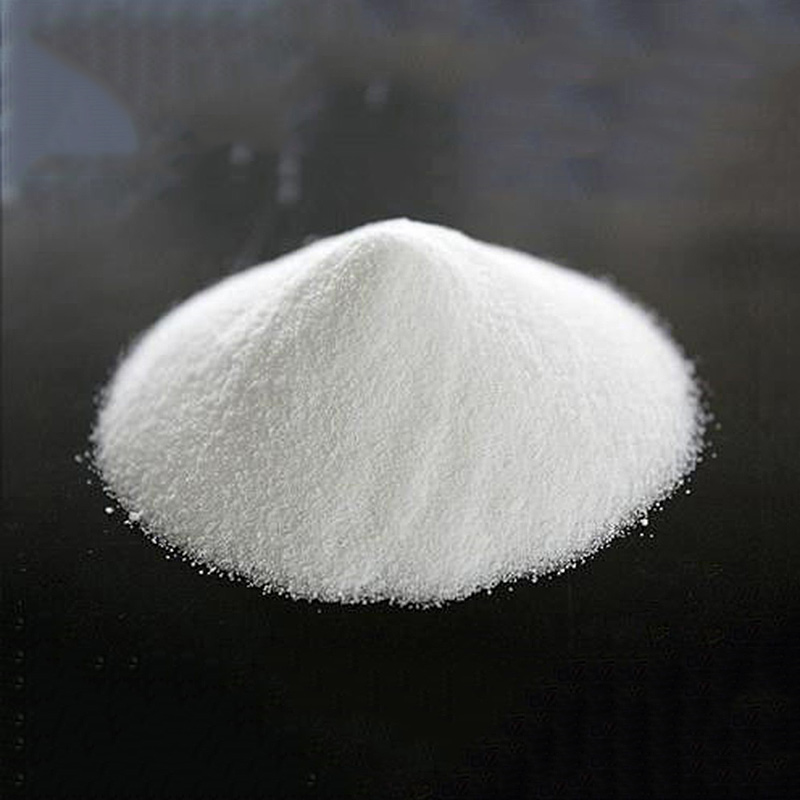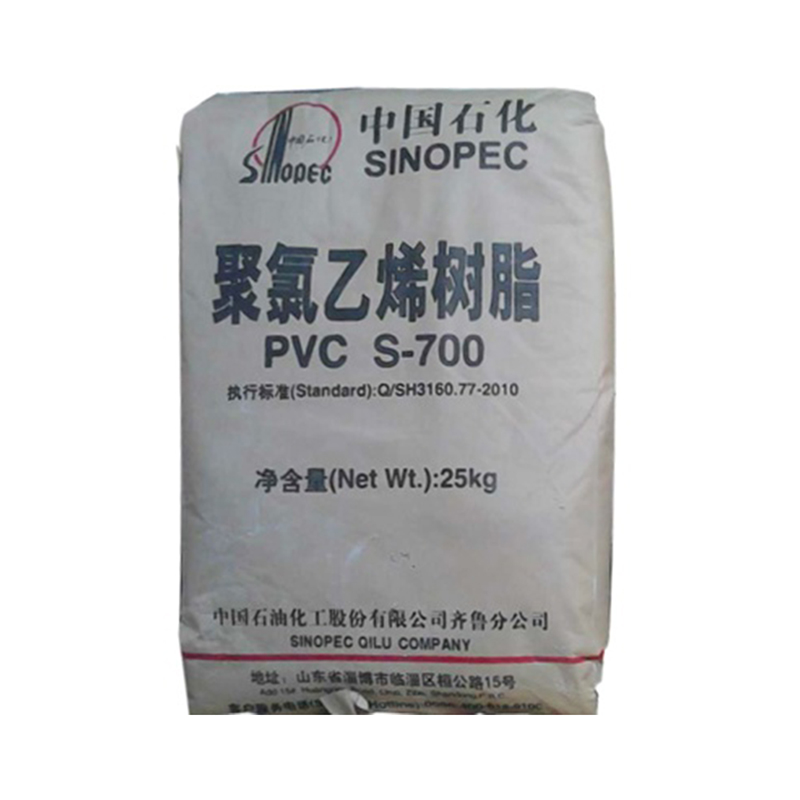PVC film grade
PVC film grade,
PVC for film, PVC resin for Flexible Vinyl Film, PVC resin for Rigid Vinyl Film,
PVC film without plasticizer is called rigid vinyl film, whereas plasticized PVC is called flexible vinyl film.
1.Flexible Vinyl Film
Flexible vinyl film has good barrier properties to oil and grease but is oxygen permeable. It also has good cling, excellent clarity and puncture resistant. These properties make flexible PVC suitable for food packaging to keep meat and other perishable produce fresh (when FDA approved). However, plasticized PVC has a lower melting point, is less resistant to chemicals, and has a lower ultimate tensile strength than rigid vinyl.
2.Rigid Vinyl Film
Rigid vinyl, also known as unplasticized polyvinyl chloride (uPVC), is a strong and lightweight film. It is one of the most durable low-cost films and is resistant to many chemicals. Generally, uPVC can be used at temperatures up to 60°C. It has higher tensile strength and modulus than flexible PVC, but has low impact toughness, and is subject to stress cracking depending on the environment.
PVC has several limitations and drawbacks; the plasticizer can harden in cold conditions and soften under hot conditions, which lead to a change in properties and can compromise the strength of the seal. PVC also releases small amounts of hydrogen chloride into the air and produces carbon deposit onto the sealing equipment when heated. For this reason, good ventilation is required when sealing PVC shrink-wrap.
APPLICATIONS
PVC film is used as shrink and stretch wrap for industrial and consumer goods and as pallet wrap, however, on a much smaller scale than polyolefin films. Other uses include bags, liners, bottle sleeving, adhesive tape backing, labels, blood bags and I.V. bags. It is often PVDC coated when improved moisture barrier properties are required.
FDA approved PVC is a good choice to package fresh red meat because it is semi-permeable, meaning, it is just enough oxygen permeable to keep meat products fresh and to maintain its bright red color. When transparency is important, PVC is often used.
Polyvinyl Chloride, referred to as PVC, is one of the industrialized plastic varieties, the current output is second only to polyethylene. Polyvinyl chloride has been widely used in industry, agriculture and daily life. Polyvinyl chloride is a polymer compound polymerized by vinyl chloride. It’s thermoplastic. White or light yellow powder.It is soluble in ketones, esters, tetrahydrofurans and chlorinated hydrocarbons. Excellent chemical resistance. Poor thermal stability and light resistance, more than 100℃ or long time exposure to sunlight began to decompose hydrogen chloride, plastic manufacturing needs to add stabilizer. Electric insulation is good, will not burn.
Grade S-700 is mainly used to produce transparent flakes, and can be pressed to hard or semi-hard slice or sheet for package, floor material, hard film for lining (for candy wrapping paper or cigarette packing film), etc. It can also be extruded to hard or semi-hard slice, sheet, or irregularly shaped bar for package. Or it can be injected to make joints, valves, electric parts, auto accessories and vessels.
Specification
| Grade | PVC S-700 | Remarks | ||
| Item | Guarantee value | Test method | ||
| Average polymerization degree | 650-750 | GB/T 5761,Appendix A | K value 58-60 | |
| Apparent density, g/ml | 0.52-0.62 | Q/SH3055.77-2006, Appendix B | ||
| Volatiles content (water included), %, ≤ | 0.30 | Q/SH3055.77-2006, Appendix C | ||
| Plasticiser absorption of 100g resin, g, ≥ | 14 | Q/SH3055.77-2006, Appendix D | ||
| VCM residue, mg/kg ≤ | 5 | GB/T 4615-1987 | ||
| Screenings % | 0.25mm mesh ≤ | 2.0 | Method 1: GB/T 5761, Appendix B Method2: Q/SH3055.77-2006, Appendix A |
|
| 0.063mm mesh ≥ | 95 | |||
| Fisheye number, No./400cm2, ≤ | 30 | Q/SH3055.77-2006, Appendix E | ||
| Number of impurity particles, No., ≤ | 20 | GB/T 9348-1988 | ||
| Whiteness (160ºC, 10 minutes later), %, ≥ | 75 | GB/T 15595-95 | ||





